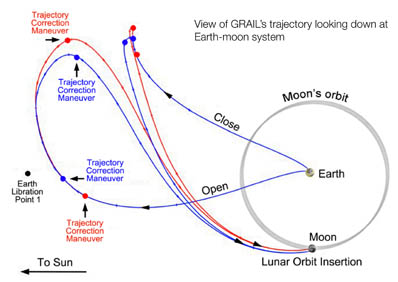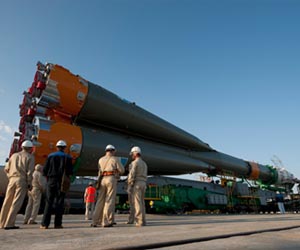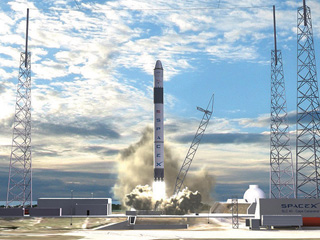Looks like the UARS satellite pretty much ditched into the ocean, despite the Twitter rumor that the satellite crashed in the Canadian town of Okotoks.
So sorry to my friend, who lost the 1 in who-knows-how-many chance that the satellite would take out her roof, causing NASA to expends some chump change to fix her a new house ("Would $300,000 do ma'am? Pull that out of the discretionary funds, Lewis, and make sure she signs the "It wasn't Obama's fault/I support government space" disclosure.)
But never fear! Your chance may come again! According to the European Space Agency, there are thousands of defunct satellites just puttering around waiting for their turn at firey demise:
Between 1957 and 2008, approximately 4600 launches have placed some 6000 satellites into orbit. Among these, about 400 were launched beyond Earth into interplanetary trajectories, but of the remaining ones only about 800 are operational. This means that roughly 85% of space objects belong to the uncontrolled satellite class, namely dead spacecrafts.The ESA has proposed giving these guys a helping hand...in this case a "helping" satellite to coat the derelict one in spray foam.
 |
| Cozy! |
...in 10 to 25 years.
So, it's an easy method, but not an especially fast one. Of course, it's faster than what's going on now. (Many of these satellites will take centuries to deorbit.) The method itself calls for a relatively simple spacecraft, and there's no need to control the descent of the satellite itself. You're not adding any more equipment to the satellite, like a sail to slow it down, so there's less threat of collision between the defunct craft and the deorbiter and less stuff to become space junk should the deorbit fail.
Of course, people are concerned that the deorbiter craft might cause space junk itself; it might break the craft while trying to grapple to it for the foaming process, or the foam itself might be a problem. And, of course, there's the natural suspicion that this might not just get used on defunct satellites.
You can read more abut this on an ESA PDF available online. Next time, I have a treat for you: A very cool anime exploring the idea of humans collecting space trash.





























